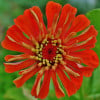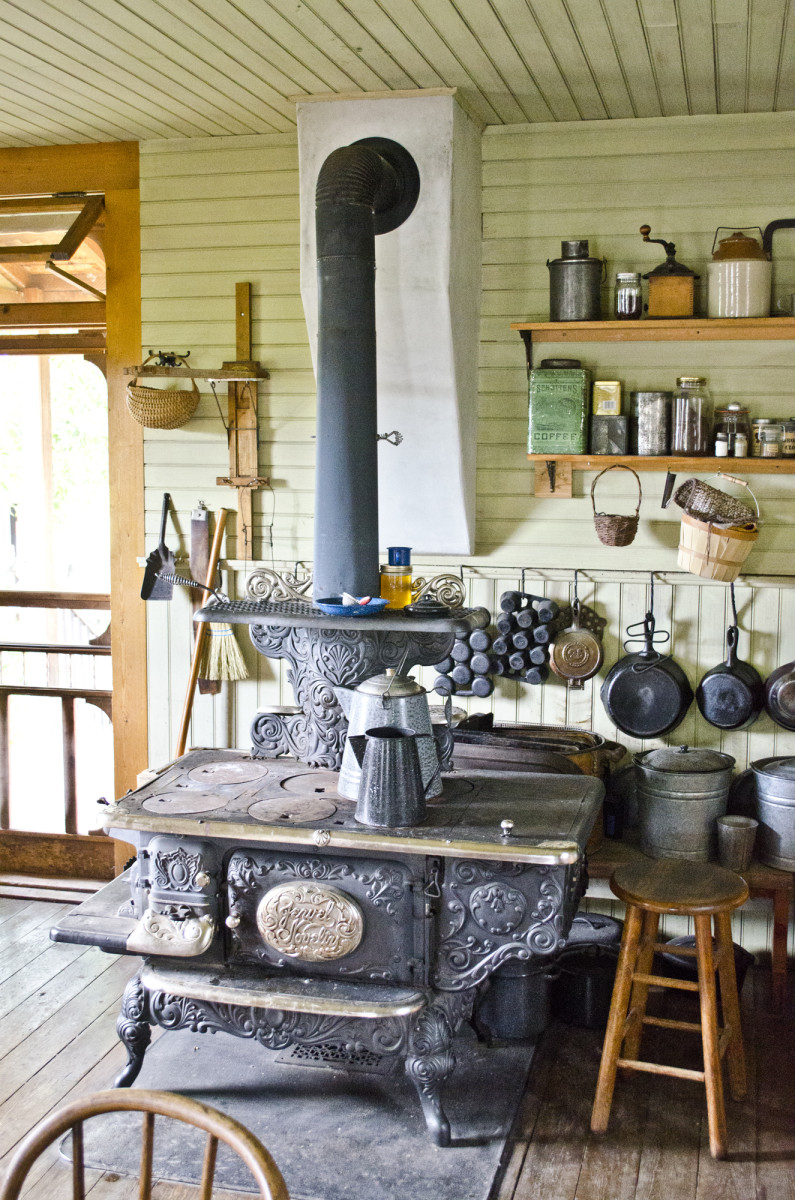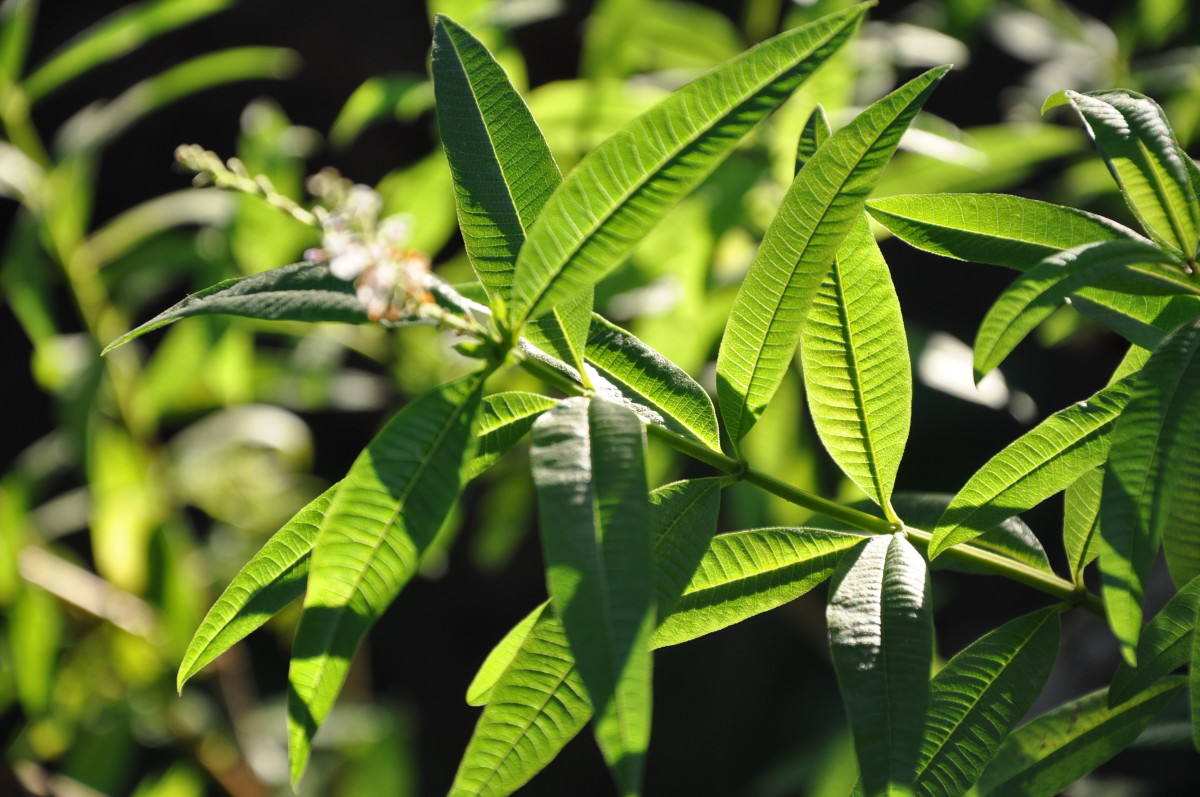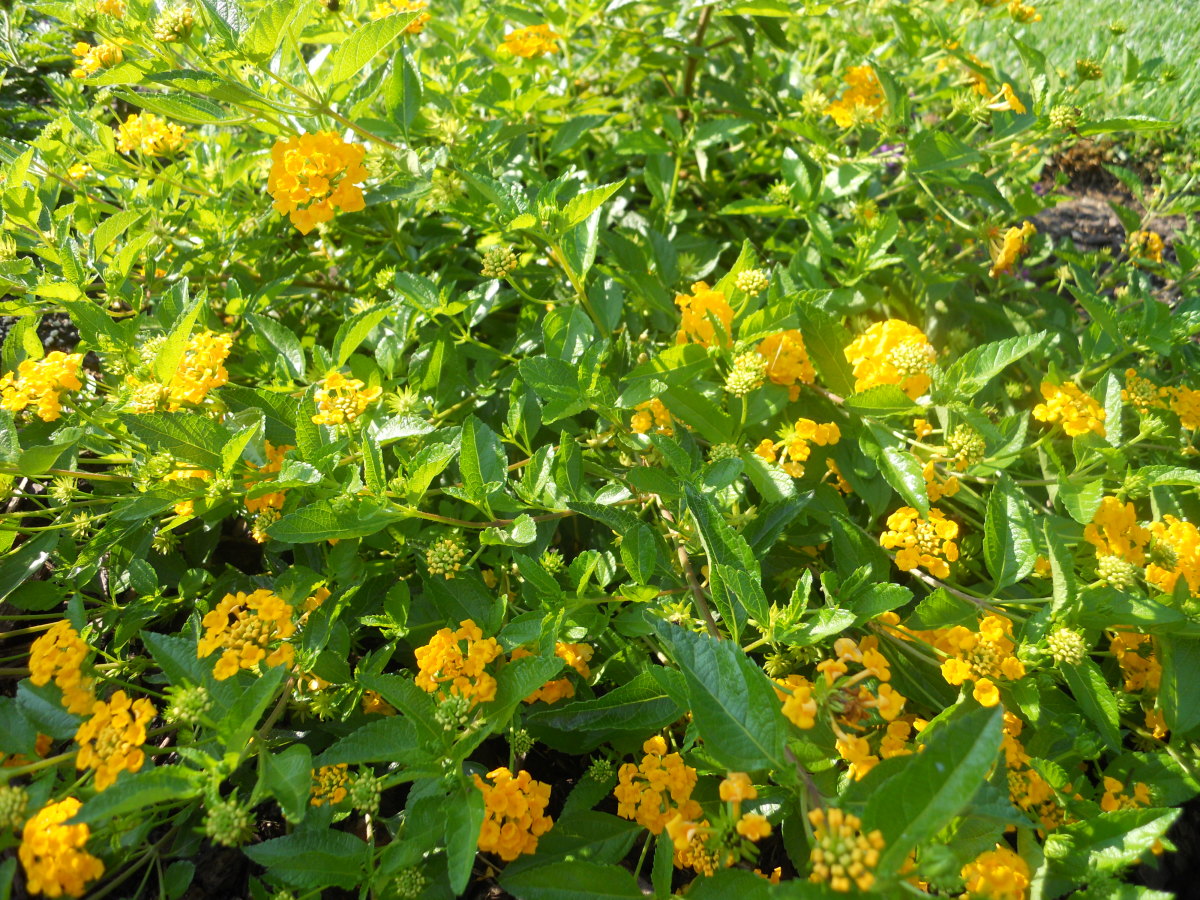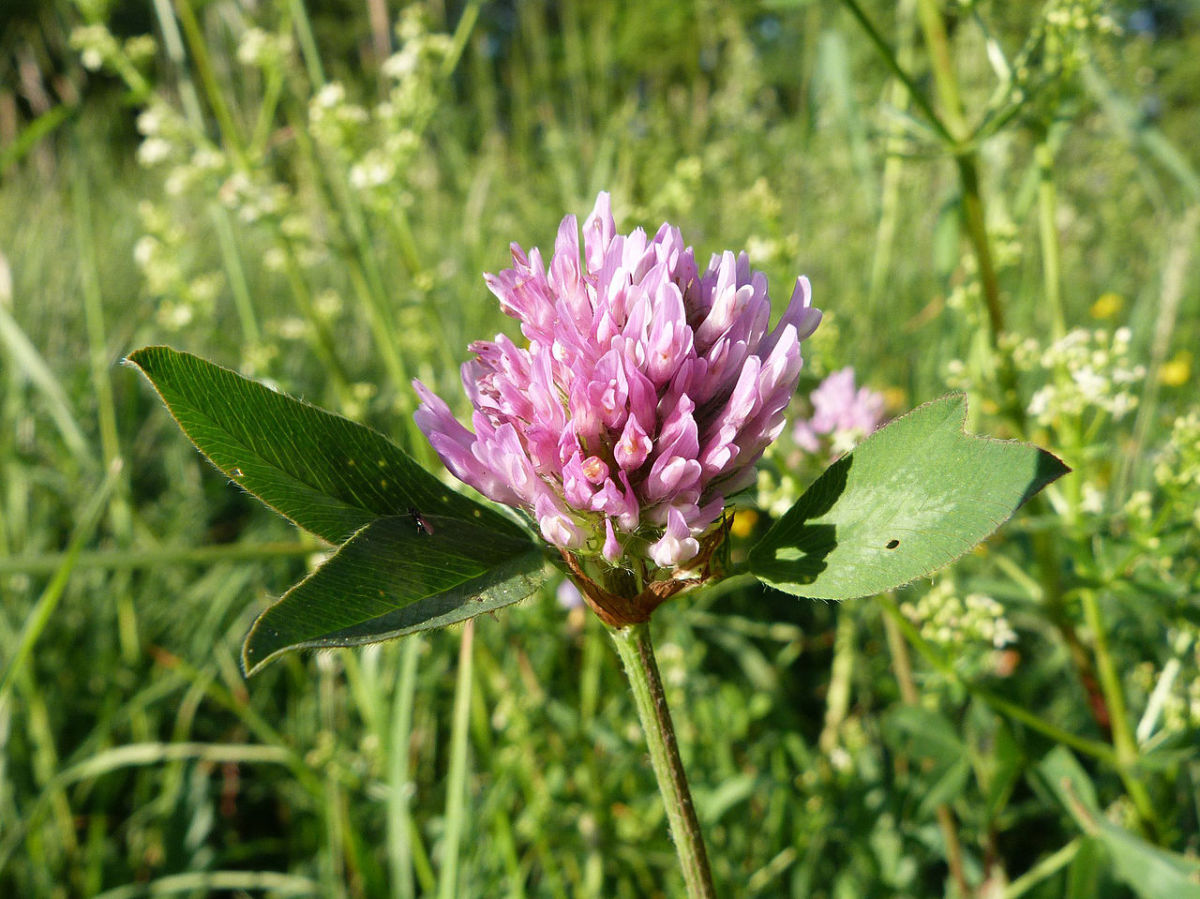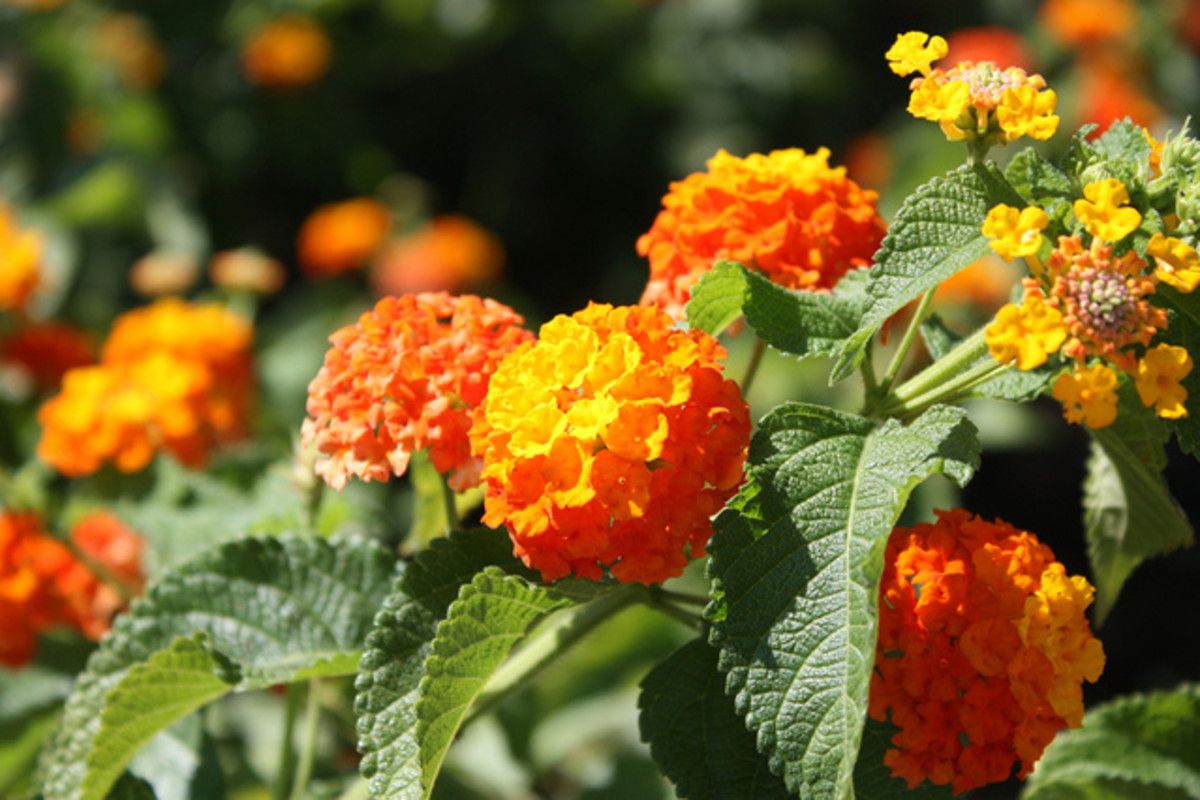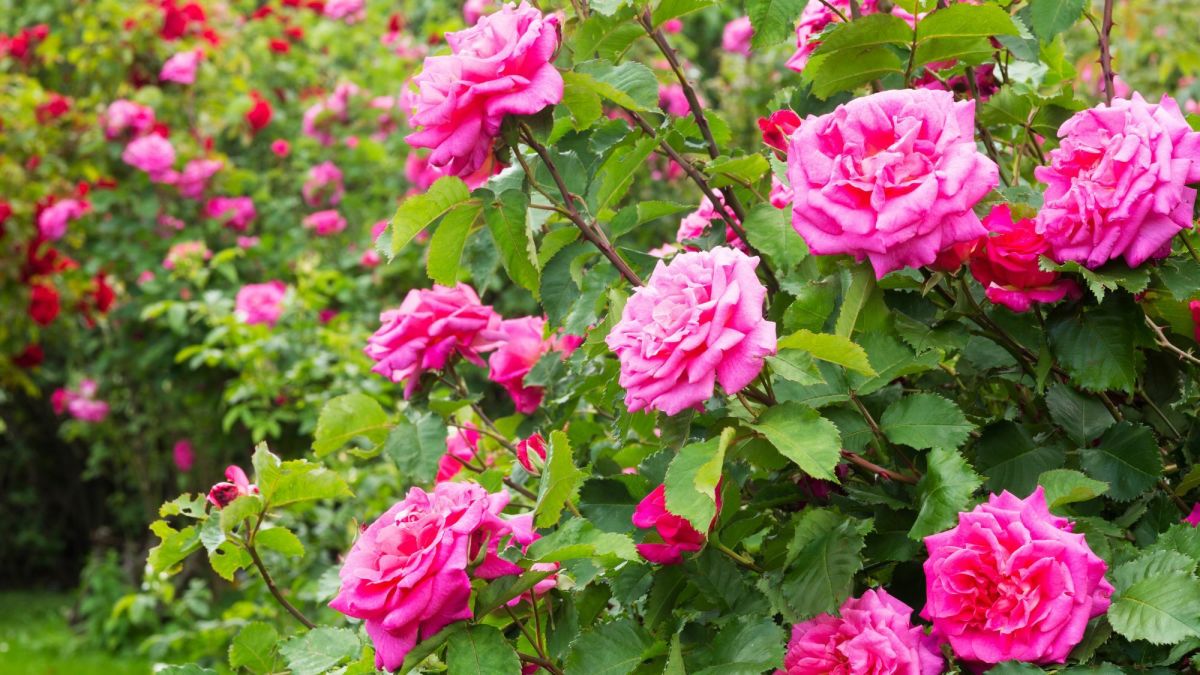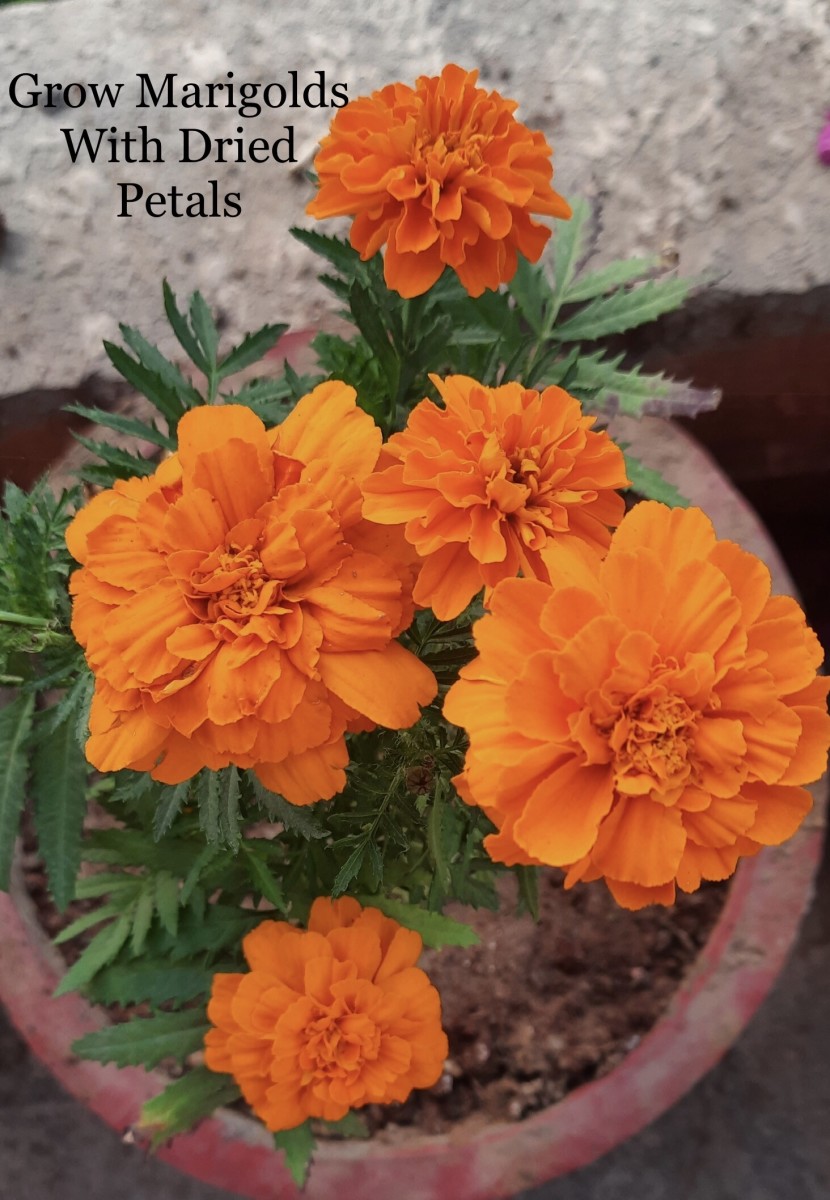Soothing Teas from the Garden (Recipes Included)
Brew a Cup of Comfort
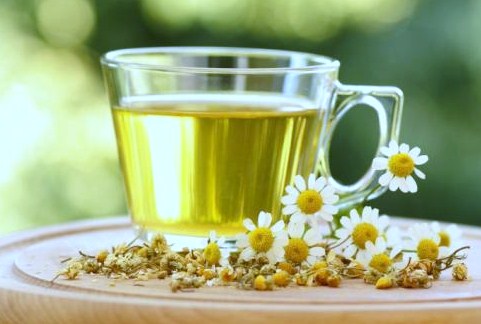
After a long day of spring gardening, or on a breezy night beneath a spangly sky in June; on autumn morning strolls so chilly you can see your breath, or before a dancing fire in winter--any time of year is a good time to relax with a warm cup of herbal tea. And if you grow your own plants, every sip can be as comforting and satisfying as a well-worn sweater.
Chamomile, lemon bergamot (bee balm), wild bergamot, and lemon verbena are easy-to-grow additions to your herb garden or flower bed that attract gardeners (and pollinators) with their scented leaves and cheery flowers.
But perhaps the most satisfying thing about these fragrant plants is that they are so deliciously drinkable. Using their flowers and/or leaves, gardeners can brew fragrant, tasty teas that are naturally caffeine free.
How often do you drink herbal tea?
Tea or Tisane?
Sometimes, you'll see herbal teas referred to as tisanes, particularly if they're used for medicinal purposes. While teas are made from fermented leaves, a tisane is brewed with dried or fresh stems and leaves. So really, tisanes are herbal teas, and vice versa.
Below, you'll find brief descriptions and planting recommendations for four deliciously drinkable plants, as well as instructions for brewing herbal teas. Before making any tea from plants in your garden, be sure to rinse the leaves and/or flowers well in cold running water.
Cheers!
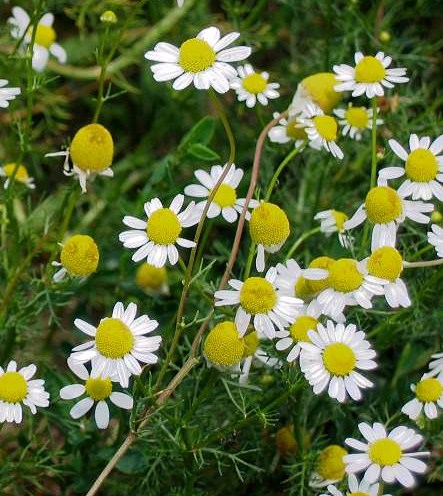
Chamomile
Both the annual and the perennial varieties of chamomile have apple-scented leaves and small, daisy-like flowers with yellow centers and white petals.
If growing chamomile for tea-making purposes, raise the German or Roman annual varieties. Most tea drinkers prefer German chamomile's sweeter flavor.
Begin seedlings indoors or sow directly in a sunny spot. Because it's an herb, chamomile likes full sun and well-drained soil.
After broadcasting the seeds, press them lightly into the ground and keep them moist. Continue watering until the seedlings reach 4 to 6 inches high.
German chamomile grows up to 3 feet tall, while Roman chamomile only reaches heights of 4 to 12 inches. Like thyme, the Roman variety makes a charming groundcover. It overwinters outside in all zones except 1 and 2. The German variety dies out in winter but self-sows readily.
Soothing Chamomile Tea
To make chamomile tea, use 1 tablespoon of chopped fresh chamomile flowers per cup of boiling water. Steep for 3 to 5 minutes, strain, and enjoy. For stronger tea, use more blossoms.
Variations: Add honey, lemon, or even lime to taste.
Chamomile-Apple Tea (2 servings)
When cinnamon is added, this fragrant concoction smells like warm apple pie! Delicious.
2 Cups water
2 apple slices, thin
2 Tbsp. chopped fresh chamomile flowers
honey (optional)
ground cinnamon (optional)
cinnamon stick (optional)
Bring 2 cups of water to boil. Meanwhile, rinse out the teapot with hot water and add the apple slices. Using a wooden spoon, mash the apple slices into small pieces. Add the flowers and then pour in the boiling water. Allow to steep for 3 to 5 minutes before straining. Add honey and a sprinkling of cinnamon. Or, place a stick of cinnamon in your cup.
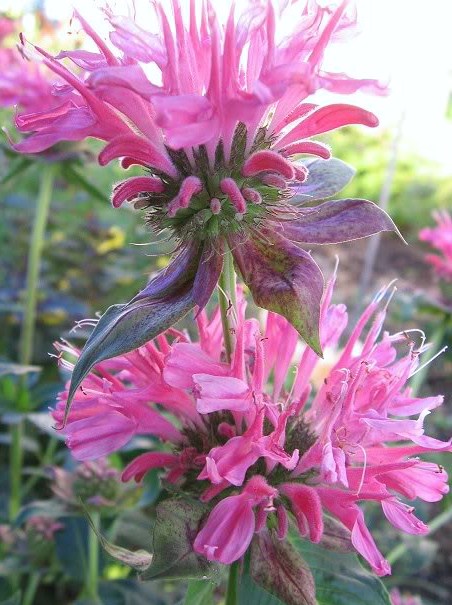

Lemon Bergamot
Lemon bergamot (Monarda citriodora) is a showy plant that reaches heights of three feet. Its bright purple, blue, or pink flowers bloom from June through August. They're well loved by bees, which is probably why all varieties of bergamot are more commonly known as bee balm.
Lemon bergamot will grow in zones 3-10, so it's quite hardy. In warm climates, it often grows in large masses. At the first frost, it will die back. Sometimes lemon bergamot reseeds itself, but if you want to ensure that it grows in your garden, seed it yourself in soil that's rich in organic matter.
Lemon bergamot prefers full sun but will tolerate partial shade. Because it's prone to powdery mildew, position it so that it receives morning sun. During the hottest days of summer, water it well.
Lemon Bergamot Tea (for 2)
Pick 10 to 12 large, fresh bergamot leaves, preferably before the plant blooms. Rinse them in cold water and place them in a teapot that you've rinsed in hot water to warm it.
Pour 2 cups of boiling water into the pot, steep for 3 to 5 minutes, and then strain. Steeping longer will result in bitter tea.
Lemon bergamot has a peppery, lemony flavor that tastes particularly good when sweetened with honey.
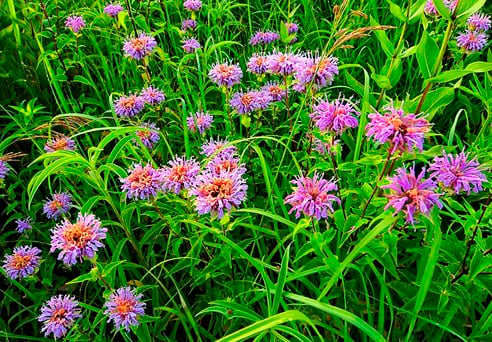
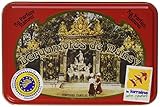
Wild Bergamot
Like its sister plant, wild bergamot (Monarda fistulosa) is loved by bees, hummingbirds, and butterflies. Its flowers are purple, its leaves aromatic. Native Americans used wild bergamot to treat indigestion, colds, and headaches. It grows about a foot taller than lemon bergamot.
In zones 3-7, wild bergamot is a perennial, reseeding itself and germinating when the ground warms. It's considered a prairie as well as a savannah flower, tolerating both dry and wet conditions, although it won't tolerate wet feet for too long. In mild climates, wild bergamot can be started in spring from cuttings. It blooms in June and July.
Monarda didyma is another fragrant and delicious variety of bergamot that smells of oranges. Its flowers can be purplish-red or deep pink.
Beddy-bye Bergamot Tea (for 2)
This bedtime treat is particularly soothing when you're suffering from a cold or allergy.
2 Cups water
2 Tbsp. bergamot flowers & leaves, washed & chopped
2 Tsp. decaffeinated green tea or 2 decaffeinated green tea bags
Stevia (optional)
Bring water to boil. In the meantime, rinse the teapot out with hot water.
Add fresh bergamot and green tea to the pot. Pour in boiling water and let steep 10 minutes.
Drink plain or sweeten with stevia to taste.
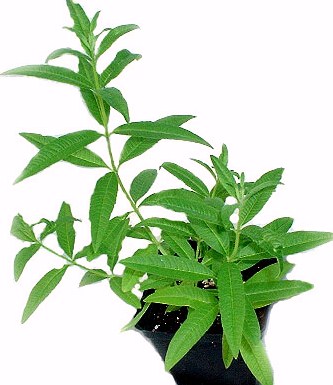
Lemon Verbena
Lemon verbena (Lippia citriodora ) is a perennial shrub that makes a good border plant. It grows well in zones 8-11. Its flowers bloom in clusters, and are mauve or white.
In areas that experience harsh winters, grow it in a pot that can be transferred inside. Because it's deciduous, its leaves will drop, but don't worry. They'll come back in spring to delight you with their clean citrus scent.
To make lemon verbena tisane, use the leaves of the plant, not the blossoms. In fact, if you pick them before your verbena blooms, the tea will be even more flavorful.
Lemon Verbena Tea, Straight Up
Place approximately 10 fresh lemon verbena leaves (or an ounce of dried leaves) in a ceramic teapot. Pour in 2 cups (1 pint) of boiling water and steep. The tea will be yellow. Share it with a friend, or drink it all yourself. Its scent and flavor are incredibly refreshing.
With a Twist
Add dried lemon peel to the leaves. Honey is also a tasty addition.
